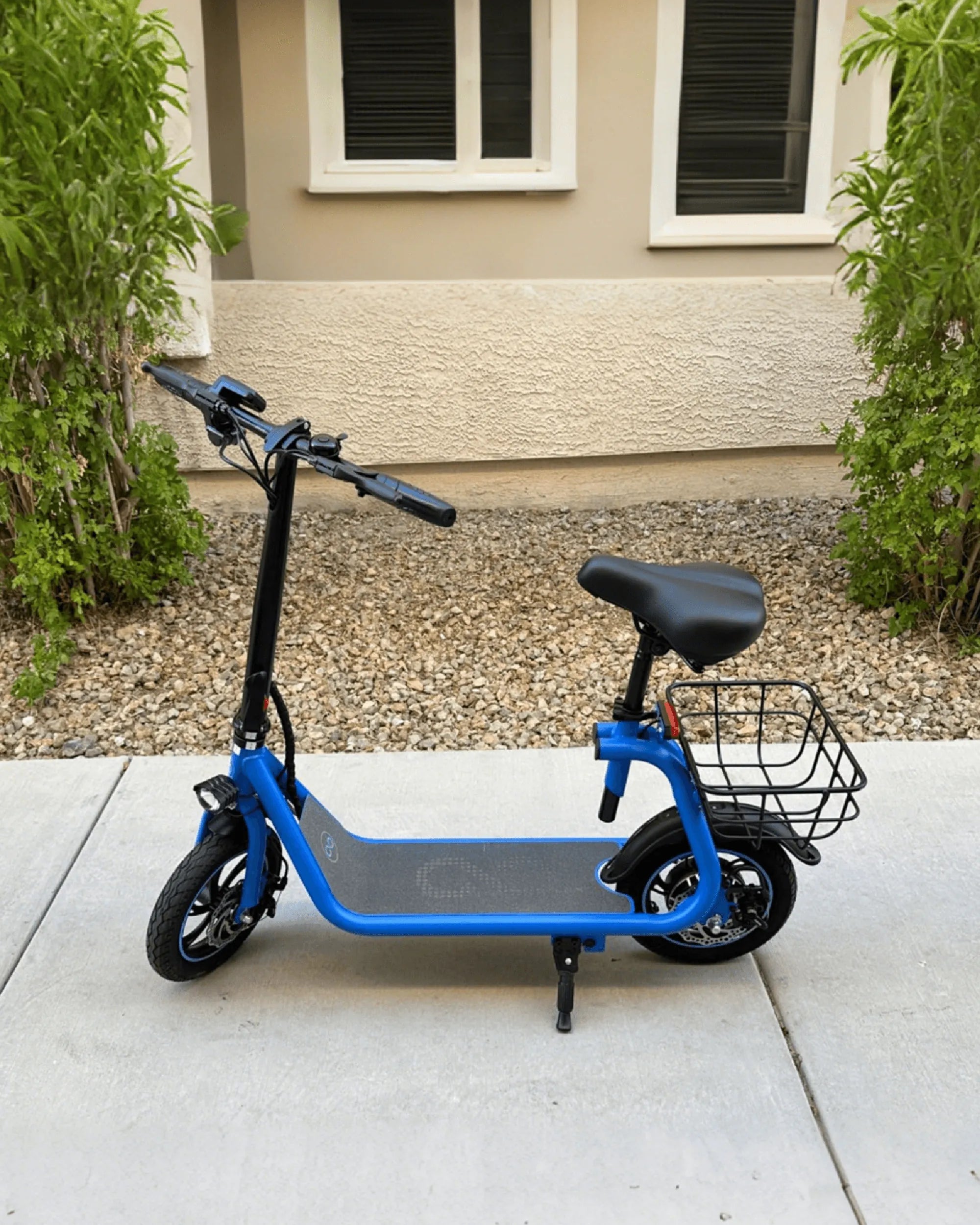Electric bikes have revolutionized the way we commute, explore, and stay active. But one question lingers in the minds of many potential riders: Do you have to pedal an electric bike? The answer isn't as straightforward as you might think, and understanding the nuances can help you choose the right e-bike for your lifestyle.
How Electric Bikes Work
Electric bikes, or e-bikes, come in various designs, but they all share a common feature: an integrated electric motor that provides assistance while riding. The level of assistance and whether pedaling is required depends on the type of e-bike you choose.
Pedal-Assist E-Bikes
Most e-bikes on the market are pedal-assist models. These bikes require you to pedal to activate the motor. The motor then provides varying levels of assistance based on your selected mode (e.g., eco, tour, sport, or turbo). The harder you pedal, the more assistance the motor provides, making uphill climbs and long distances easier to tackle.
Throttle-Controlled E-Bikes
Some e-bikes feature a throttle, similar to a motorcycle or scooter. With these models, you don't need to pedal at all—the motor engages with a twist or push of the throttle. However, many throttle-equipped e-bikes also include pedal-assist modes, giving you the flexibility to choose how you ride.
Do You Have to Pedal an Electric Bike by Law?
Regulations vary by country and region, but many places classify e-bikes into distinct categories:
- Class 1: Pedal-assist only, with no throttle. Motor assistance stops at 20 mph (32 km/h).
- Class 2: Throttle-assisted, with or without pedal-assist. Motor assistance stops at 20 mph (32 km/h).
- Class 3: Pedal-assist only, with motor assistance up to 28 mph (45 km/h).
In some areas, throttle-only e-bikes may be subject to stricter regulations or even require registration, while pedal-assist models are treated like traditional bicycles. Always check local laws before purchasing or riding an e-bike.
The Benefits of Pedaling an Electric Bike
Even if your e-bike doesn't require pedaling, there are compelling reasons to do so:
Extended Battery Life
Pedaling reduces the strain on the motor, which can significantly extend your battery's range. On long rides, combining pedal power with electric assistance ensures you won't run out of juice prematurely.
Health and Fitness
While e-bikes make riding easier, they still provide a workout. Pedaling engages your muscles and improves cardiovascular health, making e-bikes a great option for those looking to stay active without overexertion.
Better Control and Stability
Pedaling helps maintain balance and control, especially at lower speeds or when navigating tight spaces. It also allows for smoother acceleration and deceleration compared to relying solely on the throttle.
When You Might Not Want to Pedal
There are scenarios where skipping the pedals makes sense:
- Recovering from an injury: A throttle-controlled e-bike can provide mobility without physical strain.
- Steep inclines: On exceptionally tough hills, letting the motor do the work can prevent fatigue.
- Quick bursts of speed: Throttles are handy for accelerating rapidly, such as when merging into traffic.
Choosing the Right E-Bike for You
When deciding between a pedal-assist and throttle-equipped e-bike, consider your riding style, fitness goals, and local terrain. If you enjoy an active lifestyle and want to supplement your pedaling, a pedal-assist model is ideal. If you prefer effortless cruising or need assistance due to physical limitations, a throttle-controlled e-bike may be the better choice.
E-bikes offer unparalleled versatility, whether you want to pedal, coast, or combine both. The beauty of these machines lies in their ability to adapt to your needs—so why not give one a try and experience the freedom for yourself?

Share:
What Is an Electric Bike: The Ultimate Guide to E-Bikes
How Does an Electric Bike Work: A Complete Guide to E-Bike Mechanics